A new idea is helping to explain the puzzling success of today’s artificial-intelligence algorithms — and might also explain how human brains learn.
Get the latest international news and world events from around the world.
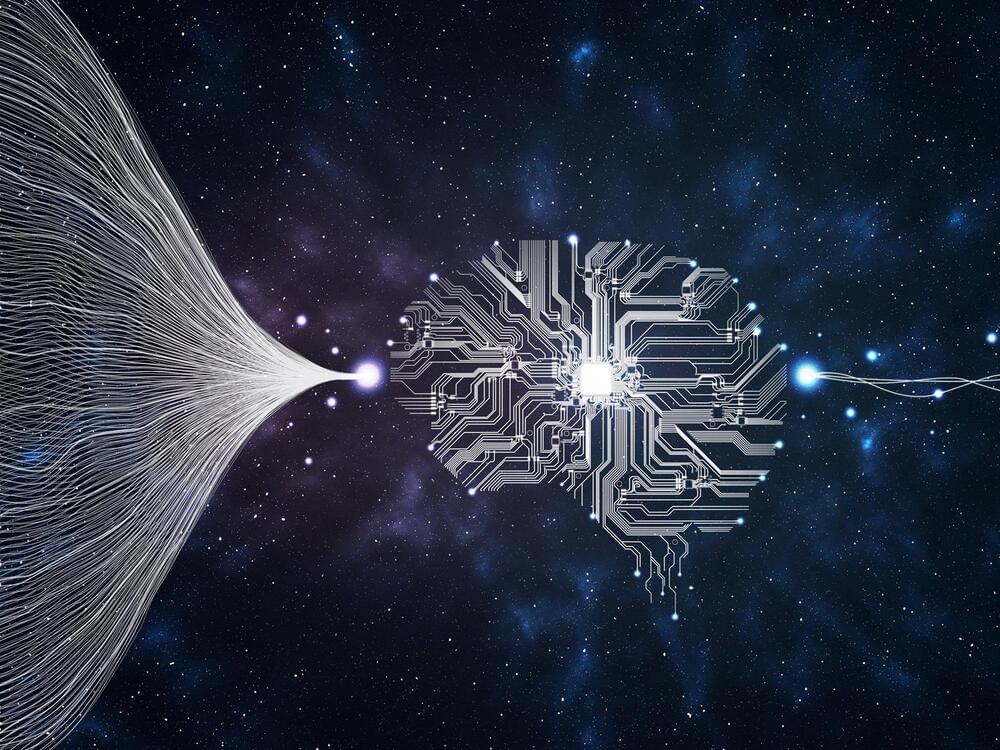
AI Use Potentially Dangerous “Shortcuts” To Solve Complex Recognition Tasks
The researchers revealed that deep convolutional neural networks were insensitive to configural object properties.
Deep convolutional neural networks (DCNNs) do not view things in the same way that humans do (through configural shape perception), which might be harmful in real-world AI applications. This is according to Professor James Elder, co-author of a York University study recently published in the journal iScience.
The study, which conducted by Elder, who holds the York Research Chair in Human and Computer Vision and is Co-Director of York’s Centre for AI & Society, and Nicholas Baker, an assistant psychology professor at Loyola College in Chicago and a former VISTA postdoctoral fellow at York, finds that deep learning models fail to capture the configural nature of human shape perception.
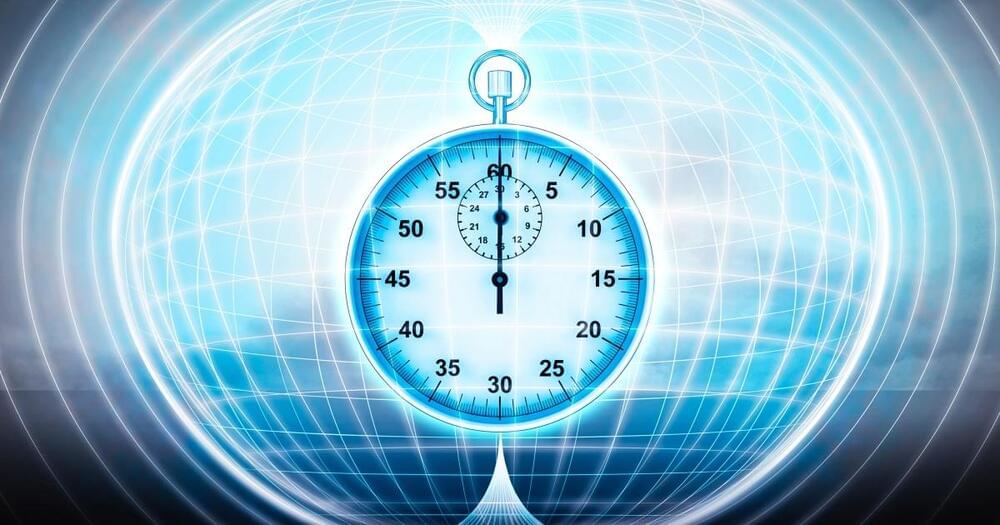
How reality is shaped by the speed of light
But it gets weirder.
The light from the table sitting just one meter away from you is also taking some time to reach you. Since its half as far away as the chair, you are seeing it as it was 330 picoseconds ago. That’s half as far back in the past as the chair. Ok, fine, but they both appear to you in the now. What you perceive as the “now” is really layer after layer of light reaching your eye from many different moments in the past. Your “now” is an overlapping mosaic of “thens.” What you imagine to be the real world existing simultaneously with you is really a patchwork of moments from different pasts. You never live in the world as it is. You only experience it as it was, a tapestry of past vintages.
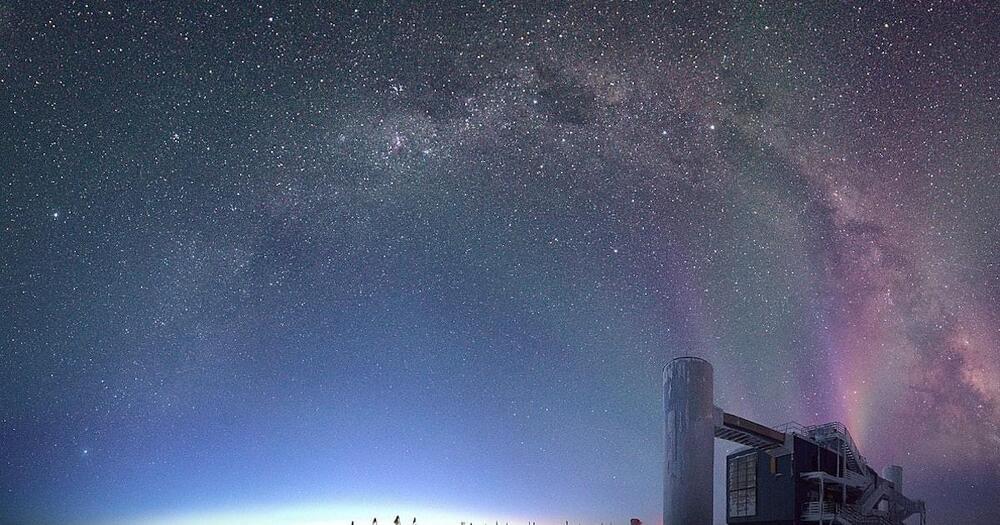
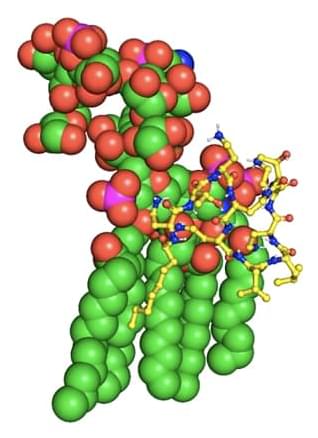
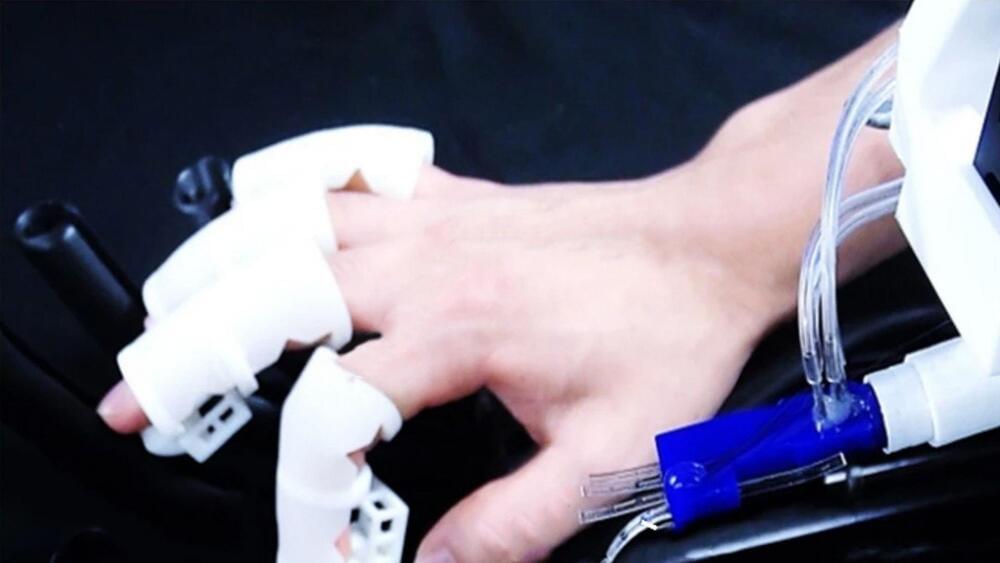
Researchers have developed robotic fingers that let you interact with insects
The gentle system uses a soft micro finger that allows for safe interaction with insects and other microscopic objects.
Entomophilous out there, ever wanted to cuddle a bug? Brush through the tiny wings of a dragonfly? Tickle insects? Researchers in Japan have created what you’ve always wanted — a soft micro-robotic finger that allows humans to directly interact with insects at previously inaccessible scales.
Previously, we did have access to insect environments. For example, microbots could interact with the environment at much smaller scales, and microsensors were used to measure forces exerted by insects during flight or walking. However, most of these studies only focused on measuring insect behavior instead of direct insect-microsensor interaction.
Now, researchers from Ritsumeikan University in Japan have developed a soft micro-robotic finger that can enable direct interaction with the microworld. Led by Professor Satoshi Konishi, the study was published in Scientific Reports.
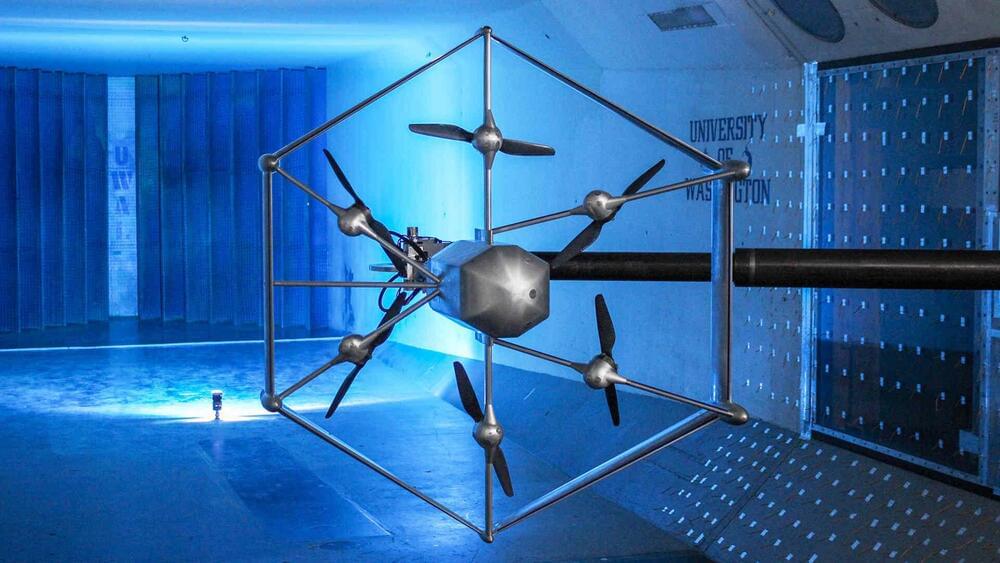
Amazon unveils new delivery Prime Air drone — and it can fly in rain
MK30 has custom-designed propellers that will reduce the its perceived noise by another 25 percent.
Amazon unveiled its next-generation delivery drone MK30 on Thursday and it promises increased range, expanded temperature tolerance, and the capability to fly in light rain. MK30 is due to come into service in 2024, the company wrote in a blog post.
Amazon.
The company kickstarted its drone delivery idea with the 2013 announcement of Prime Air. Back then, drones delivering packages up to five pounds to houses in less than half an hour seemed too good to be true. Amazon’s promises were no science fiction though. The company’s current fleet of delivery drones flies 400 feet above the ground at speeds up to 50 mph carrying packages up to five pounds within a range of nine miles.

FTX cryptocurrency platform goes bankrupt and Bankman-Fried resigns
The embattled company finally declares its insolvency.
The head of the FTX cryptocurrency platform Sam Bankman-Fried has officially declared the company bankrupt and resigned from his position in a statement. FTX in a not-surprising move has finally declared its insolvency. After a long stretch of financial difficulties, after having saved many other cryptocurrency companies.
The company had been doling out Bitcoin at a rapid rate and found itself in trouble earlier this year. The head of the company, Sam Bankman-Fried had made headlines by saying he would give away his billions to help other cryptocurrency companies.
Bitcoin, who lost millions on FTX’s bid to be bought by Binance as their decision-makers decided not to bail out the company when it began to flounder.
Getty Images.
FTX in a not-surprising move has finally declared its insolvency. After a long stretch of financial difficulties, after having saved many other cryptocurrency companies.
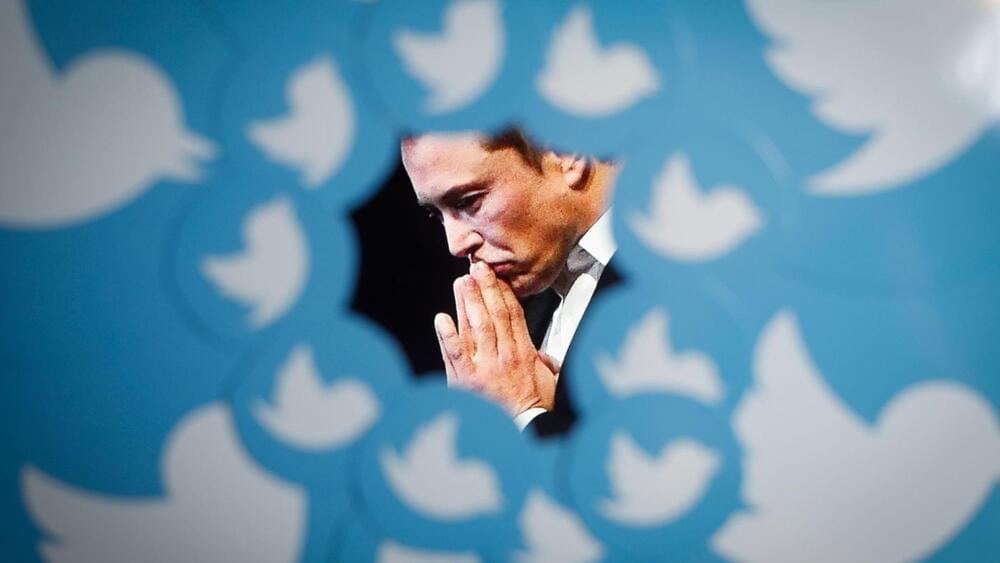
Elon Musk tells Twitter staff about possible bankruptcy, top executives leave
Twitter might attract FTC fines for non-compliance.
The world’s richest person Elon Musk has warned staff at this newly acquired social media company that bankruptcy was very much a possibility at Twitter. The result has been an exodus of top executives at the company, The Guardian.
Nearly two weeks after finally agreeing to acquire Twitter, Musk held an all-hands meeting at the company and once again spoke about the amount of money the company was losing. According to The Information, Musk warned that the current cash outflow rate at the company would lead to a negative balance of billions of dollars by 2023. His idea of Twitter Blue subscriptions was the only way to keep the company alive.
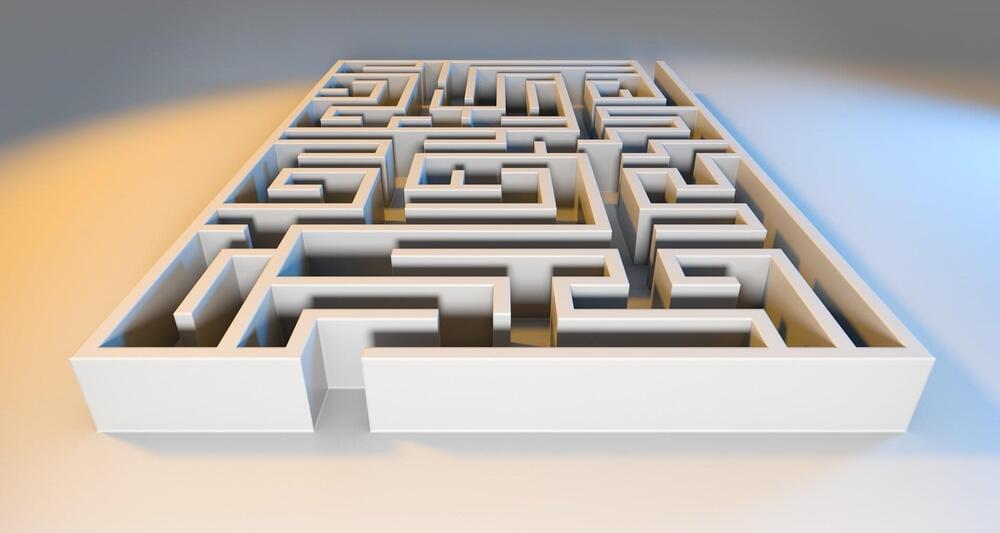
Machine learning of binary ‘yes/no’ systems may improve medical diagnoses, financial risk analysis, and more
Similar to a mouse racing through a maze, making “yes” or “no” decisions at every intersection, researchers have developed a way for machines to swiftly learn all the twists and turns in a complex data system.
“Our method may help improve the diagnosis of urinary diseases, the imaging of cardiac conditions and analysis of financial risks,” reported Abd-AlRahman Rasheed AlMomani of Embry-Riddle Aeronautical University’s Prescott, Arizona, campus.
The research was accepted for the Nov. 11 edition of the journal Patterns with Jie Sun and Erik Bollt of Clarkson University’s Center for Complex Systems Science. The goal of the work is to more efficiently analyze binary (“Boolean”) data.